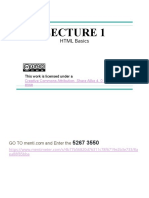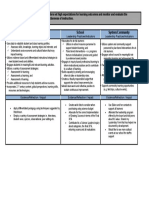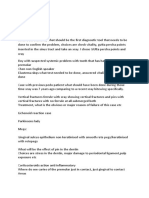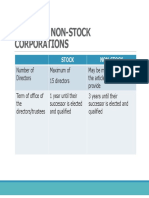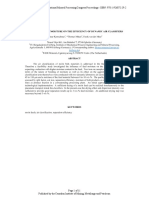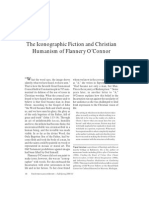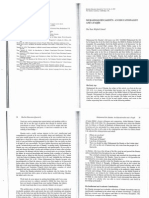0% found this document useful (0 votes)
38 views6 pagesHTML Handouts 1
The document provides an overview of HyperText Markup Language (HTML), its role in web development, and the basic elements needed to create web pages. It outlines objectives for students, including understanding the Internet, applying HTML basics, and integrating images into web pages. Additionally, it covers essential topics such as website planning, navigation, and styling elements like text, colors, and links.
Uploaded by
marycrisdimaculangan88Copyright
© © All Rights Reserved
We take content rights seriously. If you suspect this is your content, claim it here.
Available Formats
Download as DOCX, PDF, TXT or read online on Scribd
0% found this document useful (0 votes)
38 views6 pagesHTML Handouts 1
The document provides an overview of HyperText Markup Language (HTML), its role in web development, and the basic elements needed to create web pages. It outlines objectives for students, including understanding the Internet, applying HTML basics, and integrating images into web pages. Additionally, it covers essential topics such as website planning, navigation, and styling elements like text, colors, and links.
Uploaded by
marycrisdimaculangan88Copyright
© © All Rights Reserved
We take content rights seriously. If you suspect this is your content, claim it here.
Available Formats
Download as DOCX, PDF, TXT or read online on Scribd
/ 6















































